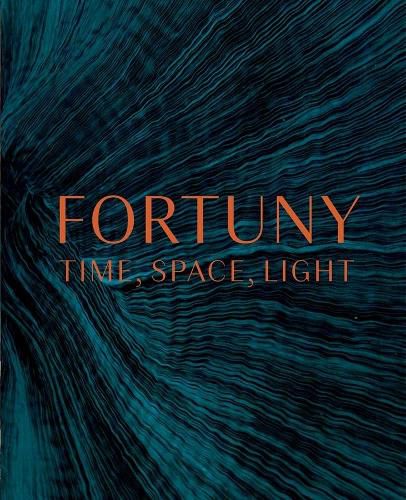Readings Newsletter
Become a Readings Member to make your shopping experience even easier.
Sign in or sign up for free!
You’re not far away from qualifying for FREE standard shipping within Australia
You’ve qualified for FREE standard shipping within Australia
The cart is loading…






Mariano Fortuny y Madrazo (1871-1949) was a polymath who experimented in a variety of media including electric lighting, stage design, photography, the development of pigments, and textile and garment design. Yet his vision as a painter, persistently attuned to light and color, shaped all his artistic endeavors.
Fortuny: Time, Space, Light examines Fortuny’s Venetian workspaces, clothing designs, stage lighting inventions, and paintings to find unifying themes of revivalism, memory, light, magic, and secrecy that run throughout his wide-ranging career. It features new archival discoveries, including unseen artworks and unpublished personal writings, as well as a new analysis of Fortuny’s paintings, never-before discussed in an English-language publication. In addition to providing historical context and visual analysis of his work, the book delves into the relationships between Fortuny and Proust, Wagnerian opera, and Italian fascism. It also aims to illuminate more of Fortuny’s personal motivations through new archival evidence and unpublished notes to explore how his object collection and library were used as catalysts for his innovative creations.
$9.00 standard shipping within Australia
FREE standard shipping within Australia for orders over $100.00
Express & International shipping calculated at checkout
Mariano Fortuny y Madrazo (1871-1949) was a polymath who experimented in a variety of media including electric lighting, stage design, photography, the development of pigments, and textile and garment design. Yet his vision as a painter, persistently attuned to light and color, shaped all his artistic endeavors.
Fortuny: Time, Space, Light examines Fortuny’s Venetian workspaces, clothing designs, stage lighting inventions, and paintings to find unifying themes of revivalism, memory, light, magic, and secrecy that run throughout his wide-ranging career. It features new archival discoveries, including unseen artworks and unpublished personal writings, as well as a new analysis of Fortuny’s paintings, never-before discussed in an English-language publication. In addition to providing historical context and visual analysis of his work, the book delves into the relationships between Fortuny and Proust, Wagnerian opera, and Italian fascism. It also aims to illuminate more of Fortuny’s personal motivations through new archival evidence and unpublished notes to explore how his object collection and library were used as catalysts for his innovative creations.